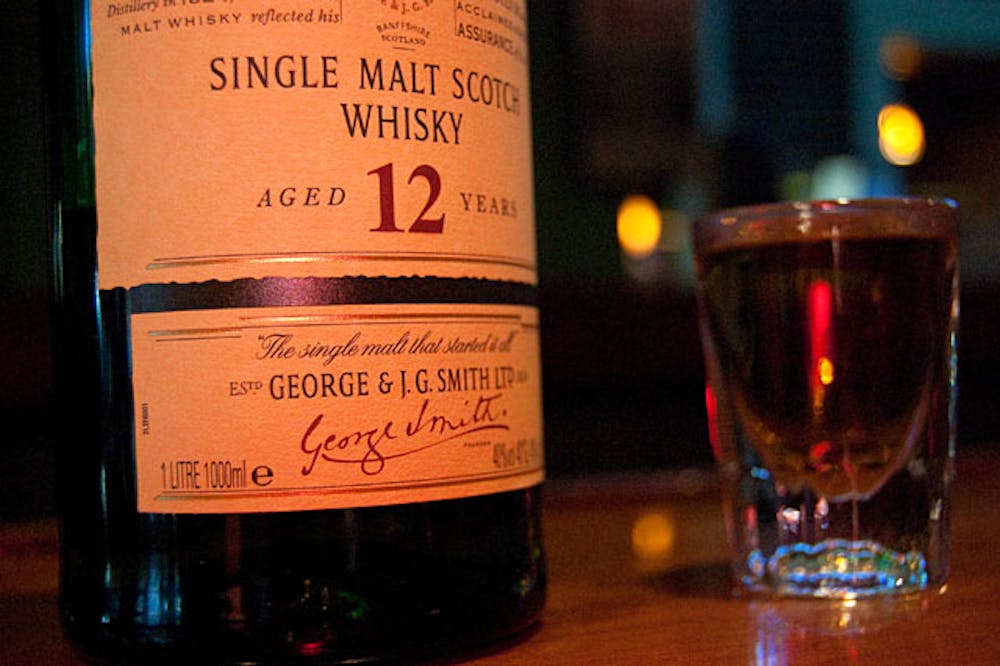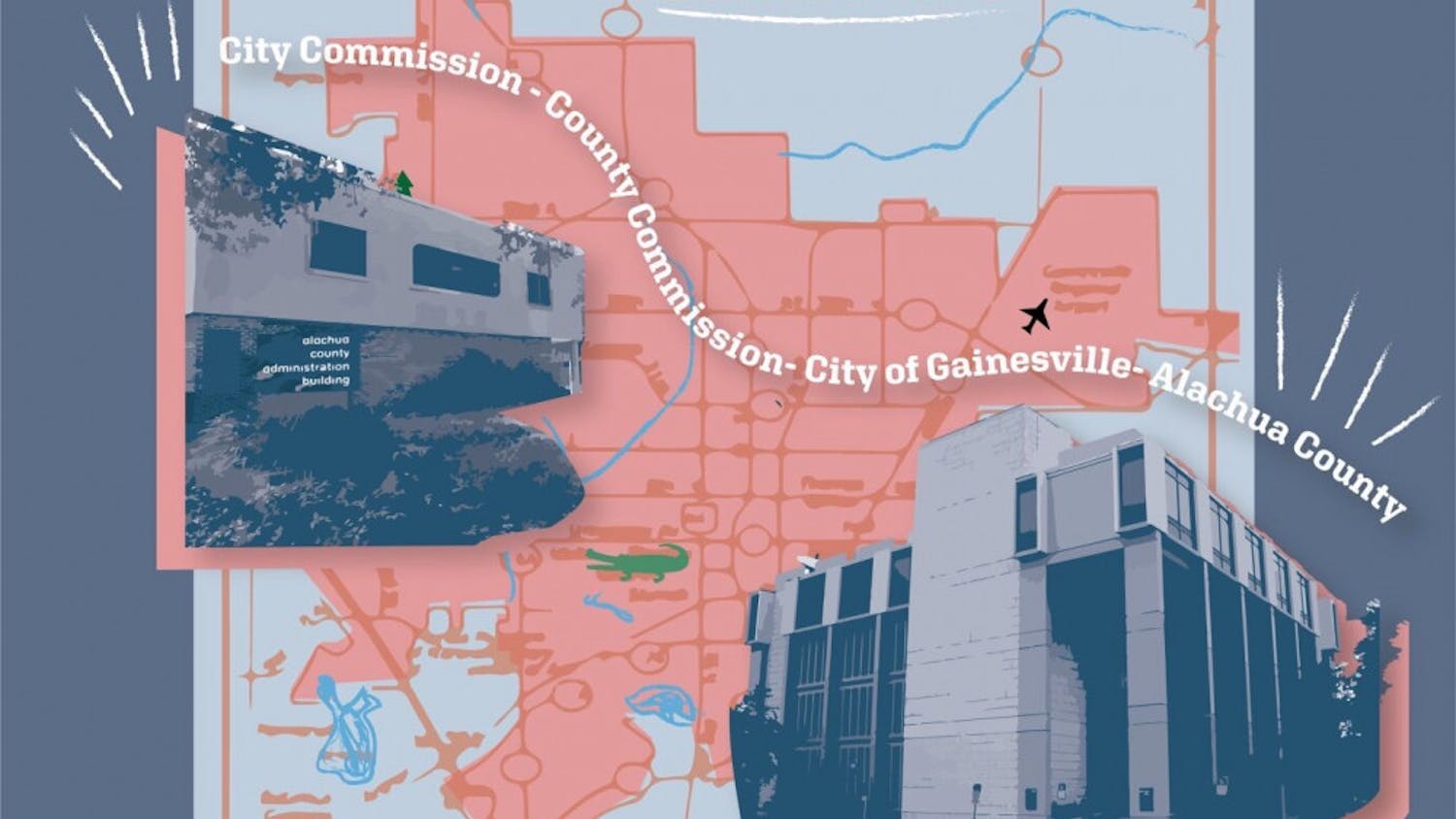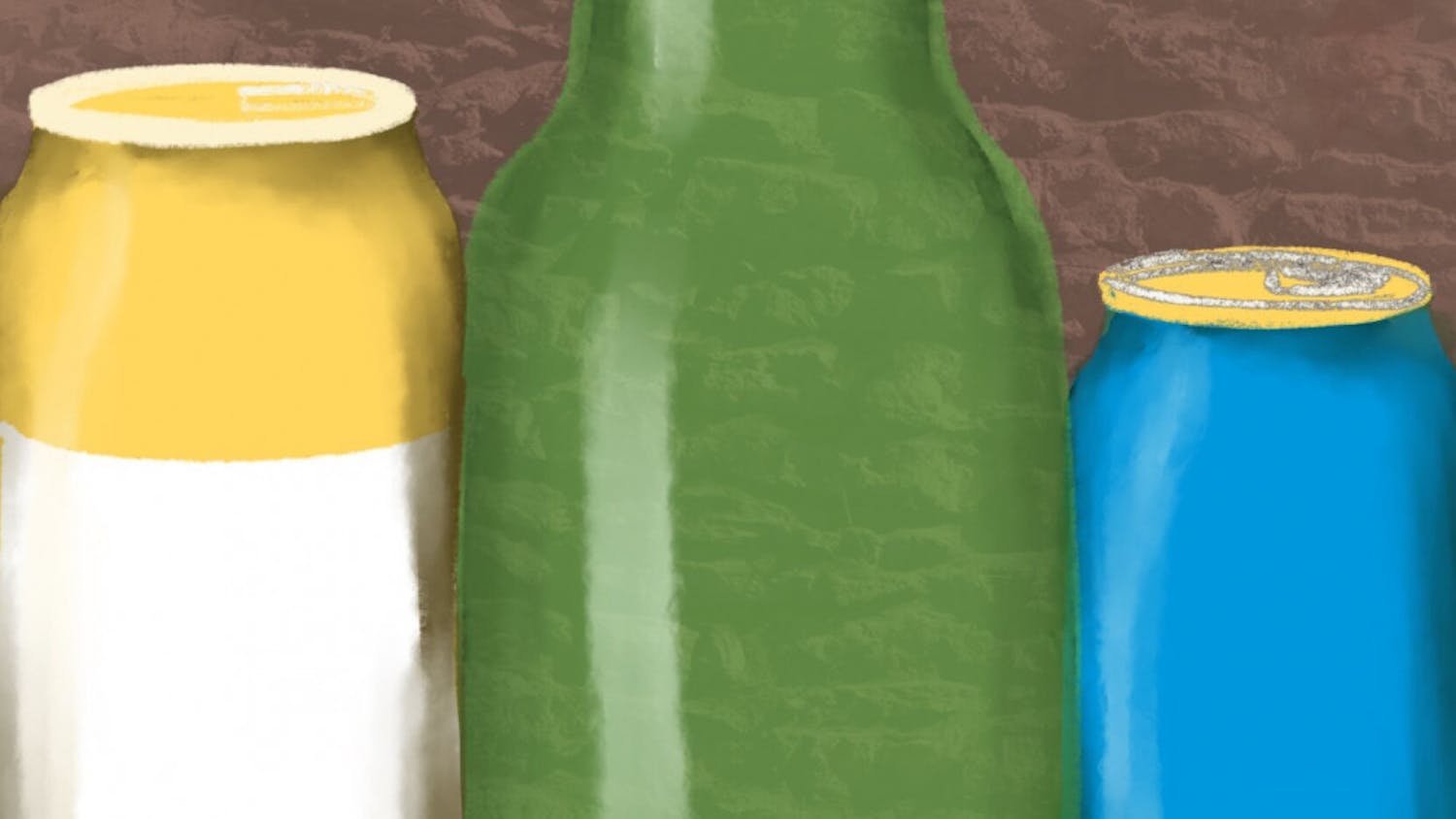From W.C. Fields to Ron Burgundy to Ron White, people love Scotch. There's no reason you can't, too! Wait, am I even writing about Scotch in a college newspaper? Get a hold of yourself, because if there's one thing in this world with the power to cross cultural and social boundaries, it's alcohol. So, prepare yourself to enjoy something new, and consider this your crash course in single malt Scotch whiskey.
By the books, Scotch must be made in Scotland, contain malted barley, age in oak for at least three years, and then be diluted to at least 40% alcohol with no additives except water and caramel color. Even with such stringent regulations of what can be called "Scotch," there is endless variation on this simple theme.
For one, only one type of Scotch is made entirely by a single distillery and comprised of 100% malted barley, and this is known as "single malt." Other whiskeys, called "blended malt," are made of a combination of single malt scotches.
However, for maximum economy, over 90% of single malt whiskey produced is Scotland is then "blended," which indicates that is has been mixed with other grain whiskeys.
Sure, blended whiskey is cheap and tastes pretty good, but mixing that single malt Scotch with an inferior grain whiskey yields - you guessed it - inferior results. I'm certainly not saying that blended whiskey is bad, but in terms of complexity and flavor, it just can't compete with single malt.
The best way to identify a single malt Scotch is by its region. The most popular Scotch region is Speyside, which includes two of the world's best-selling spirits, The Glenlivet and Glenfiddich. Speysides are known to be extremely complex and rich, with a mild flavor and often a refined smokiness.
The Highlands is the largest region geographically, with a lot of variation in style. In general, however, Highlands whiskeys are the boldest - spicy, smokey, and rich in flavor. The Highlands is home to Glenmorangie and McClelland's, just to name a few.
The Lowlands are the least dramatic of the single malt whiskeys, and are renowned for their smooth, soft, natural malt flavor.
Islay (pronounced eye-luh) is the fourth region, and although it represents the smallest geographic area, roughly 240 square miles, its whiskey has a character all its own. Because of the high amount of peat in the area, Islays tend to have a mossy, smoky taste. The region's water contributes other flavors, like iodine, seaweed, and salt. Although moss, iodine, and seaweed may not sound like appealing flavors, I can assure you they taste great in a single malt whiskey.
Although such refined refreshment may seem out of reach for less than affluent college students, don't rule out occasionally treating yourself to a drink with a little more history and tradition than a plastic cup of light beer. It may seem intimidating, but once you know a little bit about Scotch, it goes down very smooth.






